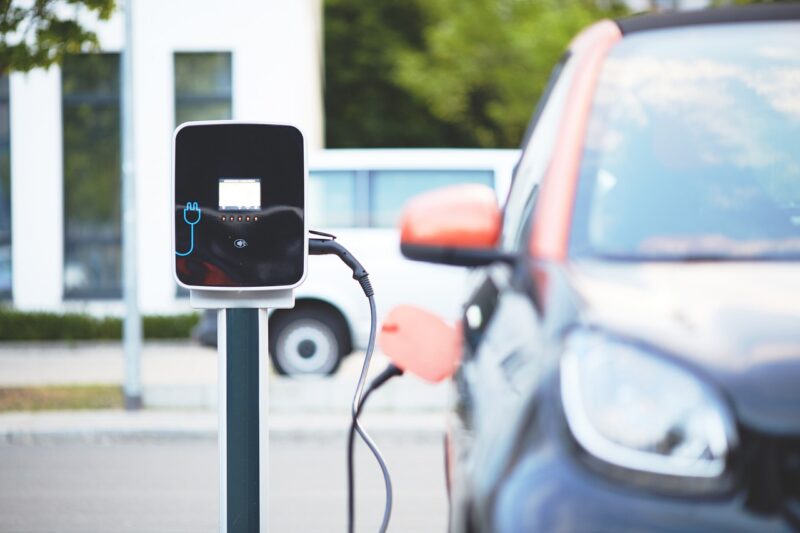How Transportation Has Evolved from Horse-Drawn Carriages to Electric Cars
November 15, 2024

Transportation has dramatically evolved over the centuries, transitioning from the simple horse-drawn carriage to the sophisticated electric cars of today. Each advancement in technology has not only changed how we travel but has also shaped economies, societies, and the environment. This article will take you on a journey through the history of transportation, highlighting the key innovations that have made today’s electric vehicles possible.
1. The Horse-Drawn Era: Where It All Began
Before the invention of the automobile, transportation was primarily reliant on animals, with horses being the premier mode of travel for thousands of years. Horse-drawn carriages allowed for the movement of people and goods over land, significantly impacting trade and social interactions.
1.1 The Inception of Carriages
The earliest carriages date back to ancient civilizations in Mesopotamia and Egypt. These wooden structures were simple yet effective, often used by the wealthy as a status symbol. The innovation of spoked wheels further improved mobility and efficiency.
1.2 Limitations of Horse-Powered Transportation
While effective, horse-drawn carriages had limitations, such as speed, distance, and the welfare of the animals. Additionally, the logistics of caring for horses posed problems for travelers. However, this era laid the groundwork for more significant innovations.
2. The Birth of the Automobile
The dawn of the 19th century marked a significant turning point in transportation with the birth of the automobile. Innovations by various inventors across Europe and America led to the creation of early motorized vehicles.
2.1 The First Automobile
In 1886, Karl Benz patented the first gasoline-powered automobile, the Benz Patent Motorwagen. This three-wheeled vehicle heralded the beginning of a new era, capturing public fascination and marking the start of the automotive age.
2.2 The Ford Model T: Revolutionizing Access
In 1908, the Ford Model T transformed the automotive landscape by being the first affordable car for the general public. Its assembly line production method made mass manufacturing possible, fueling car ownership and changing American society forever.
3. The Rise of the Electric Vehicle
Although gasoline-powered vehicles dominated the market, electric vehicles (EVs) have a storied history that dates back to the 1830s.
3.1 Early Electric Cars
In the late 19th century, electric cars emerged as a practical alternative to steam and gasoline engines. Vehicles like the Baker Electric Car gained popularity among the upper class due to their quiet operation and ease of use.
3.2 The Decline of Electric Vehicles
The 1920s saw a decline in electric vehicle popularity due to limited range and the rise of internal combustion engines fueled by inexpensive gasoline. The invention of the electric starter eliminated the need for hand-cranking, making gasoline vehicles more user-friendly.
4. The 20th Century: A Shift in Transportation Paradigms
The 20th century witnessed significant advancements in transportation technologies and infrastructures, including highways, rail systems, and commercial aviation. During this time, society’s dependence on automobiles skyrocketed.
4.1 The Interstate Highway System
Established in the 1950s, the U.S. Interstate Highway System facilitated long-distance travel and commerce. This interconnected network of highways drastically changed the landscape of the American transportation system.
4.2 The Comeback of Electric Vehicles
Despite the dominance of gasoline vehicles, environmental awareness in the 1970s led to the emergence of interest in electric vehicles once again. The oil crisis and concern over air quality put electric cars back in the spotlight, though they remained niche products.
5. The 21st Century: Electric Cars Take Center Stage
With advances in battery technology, electric cars have made a remarkable resurgence in the 21st century. Today, leading manufacturers are heavily investing in electric vehicle technology, aiming for greener and more sustainable transportation methods.
5.1 Technological Innovations
Innovations such as lithium-ion batteries enabled longer ranges and quicker charging times, which significantly improved the practicality of electric vehicles for the average consumer. Leading the market are brands such as Tesla, which has become synonymous with electric cars and sustainability.
5.2 The Global Shift to Sustainability
Climate change has accelerated global interest in sustainable transportation, resulting in government incentives for electric vehicle adoption, the establishment of charging infrastructures, and increasing consumer demand for eco-friendly alternatives.
6. The Future of Transportation: Autonomous and Connected Vehicles
Looking ahead, the transportation sector is poised for even more transformation. Concepts like autonomous driving and connected car technologies promise to reshape how we think about personal mobility.
6.1 The Rise of Autonomous Vehicles
Companies are investing billions in developing self-driving cars, which could enhance safety, ease congestion, and reduce environmental impact by optimizing driving patterns.
6.2 Smart Transportation Systems
Connected vehicles will likely interact with traffic signals and other infrastructure to enhance travel efficiency and safety, creating a seamless transportation experience.
Conclusion: A Journey of Constant Evolution
From horse-drawn carriages to electric cars, the evolution of transportation illustrates humanity’s quest for innovation and improvement. As technology continues to advance, the future of transportation looks brighter than ever, promising more efficient, sustainable, and user-friendly modalities.
A look at the past helps us understand the incredible journey we have taken and the exciting frontiers that lie ahead in the world of transportation.




